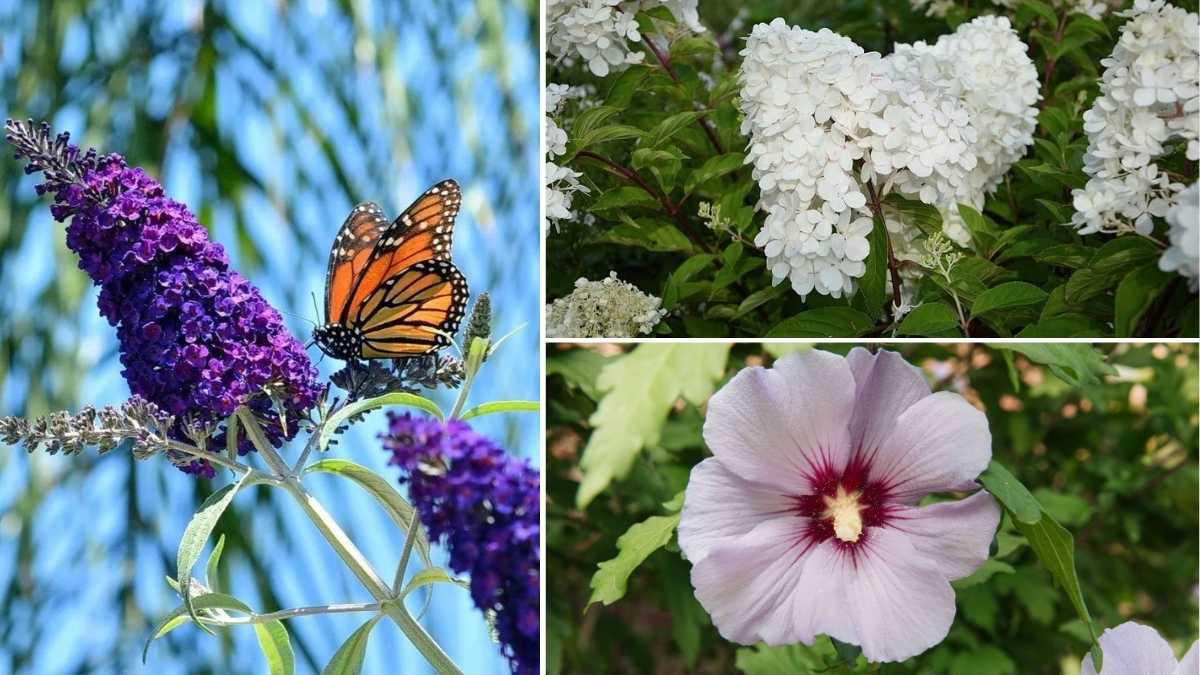As the cool breeze of autumn begins to replace the summer heat, it’s time to prepare your garden for the coming seasons. Fall is one of the most important times to care for your plants, especially your shrubs. While many people focus on raking leaves or planting bulbs, pruning shrubs in fall is often overlooked. The right pruning not only keeps your garden neat but also ensures healthier, fuller growth next spring. Let’s explore six shrubs you should prune this fall to boost their vitality and appearance next season.
Why Fall Pruning Matters
Pruning in fall is more than just tidying up your garden. It helps shrubs redirect their energy from old or damaged wood to new, healthy growth. By removing weak branches, you allow more air and light to reach the plant’s center, reducing the risk of diseases and pest infestations. Pruning also shapes the plant, maintaining its natural structure and encouraging a more balanced form. Fall pruning, when done correctly, prepares shrubs to face the winter months and emerge stronger and more vibrant in spring.
1. Butterfly Bush (Buddleia)
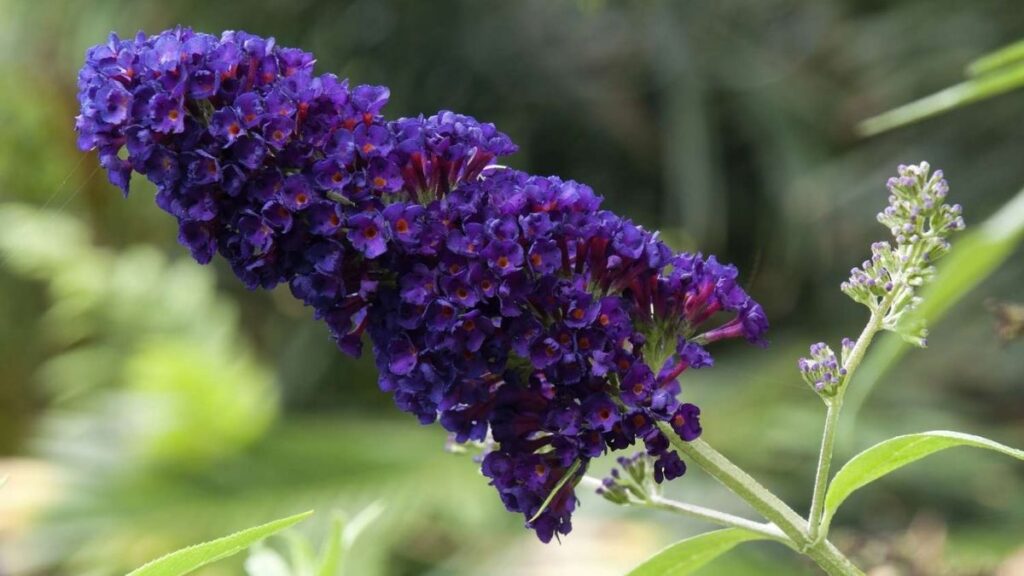
The butterfly bush is loved for its long, fragrant flower spikes that attract butterflies and bees. It blooms on new wood, meaning that cutting it back in fall promotes more abundant flowering next season. Once the blooms fade, prune the shrub back to about one-third of its size. Remove any dead or weak stems, and thin out overcrowded branches. This helps air circulate better and prevents the shrub from becoming leggy. A well-pruned butterfly bush will reward you with larger, more colorful blooms in summer.
2. Spirea
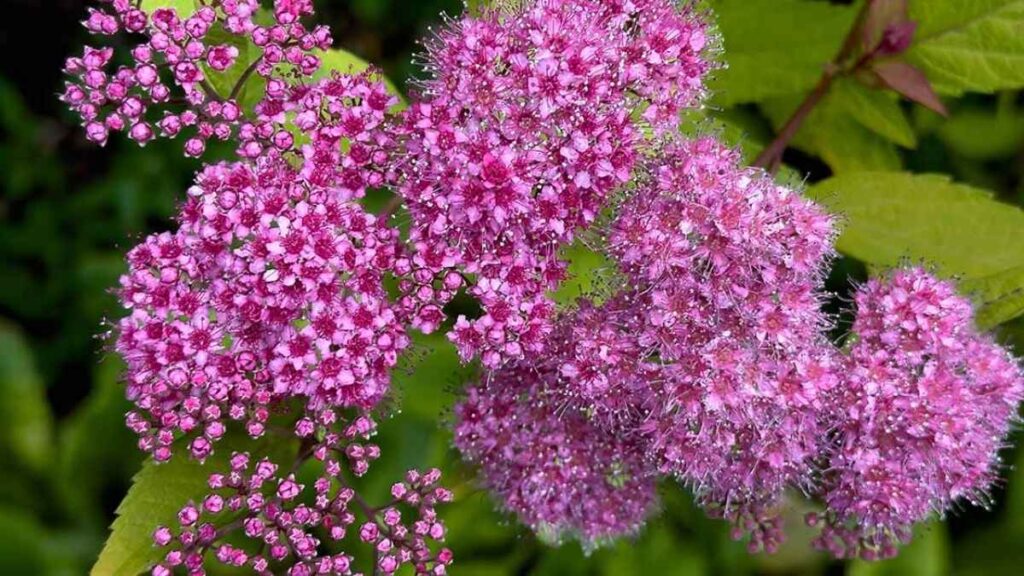
Spirea shrubs are hardy, easy to grow, and beautiful throughout the growing season. Some spirea varieties bloom on new wood, making them perfect candidates for fall pruning. After flowering, lightly trim back the branches to maintain the desired shape. You can also remove about one-third of the oldest stems from the base to rejuvenate the plant. This encourages fresh shoots to develop, resulting in denser foliage and better blooms next year. Avoid heavy pruning late in fall if frost is expected soon; aim for early to mid-fall instead.
3. Potentilla

Potentilla is one of those shrubs that thrive with regular maintenance. Known for its cheerful yellow or white flowers, this plant tends to get woody and untidy if left untrimmed. In fall, remove any dead, diseased, or weak stems. You can also shorten the remaining branches slightly to maintain shape. Pruning stimulates new growth and prevents the plant from becoming sparse in the center. Potentilla responds well to light rejuvenation pruning, and with a little attention now, you’ll enjoy a fresh flush of blooms in spring and summer.
4. Hydrangea Paniculata (Panicle Hydrangea)
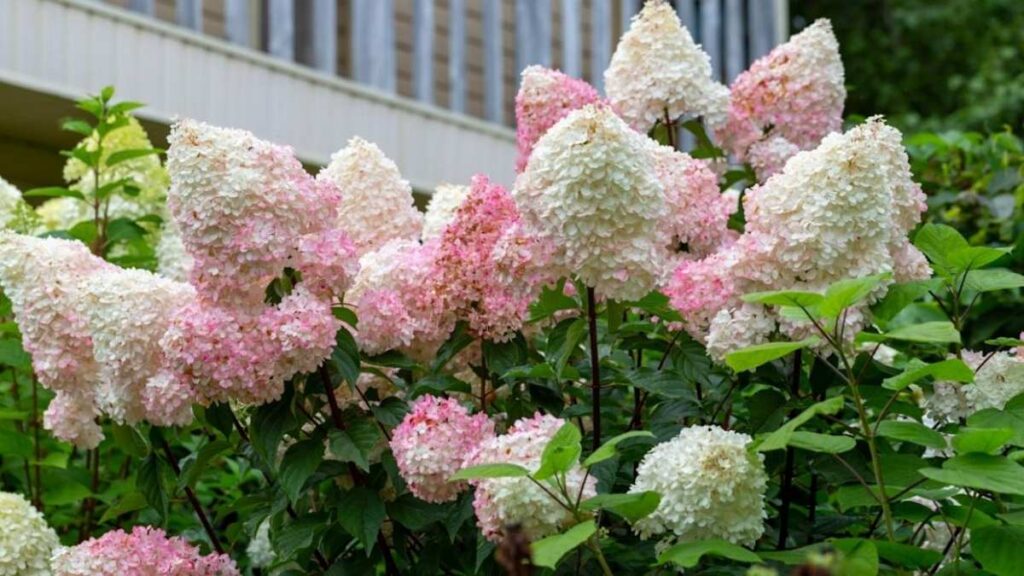
Not all hydrangeas should be pruned in fall, but panicle hydrangeas are an exception. They bloom on new wood, so trimming them in fall won’t affect next season’s flowers. Cut back faded blooms and remove older stems to the base to make room for new shoots. Avoid over-pruning, as you want to keep enough structure to protect the plant from winter cold. Pruning panicle hydrangeas in fall ensures a fuller plant and more impressive flower clusters next summer.
5. Rose of Sharon (Hibiscus syriacus)
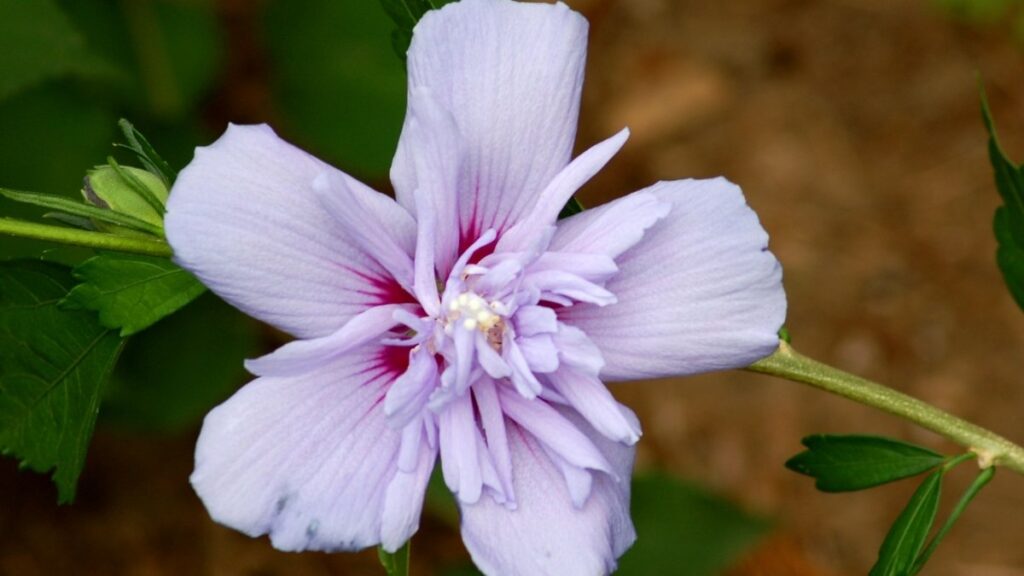
Rose of Sharon is another shrub that benefits from a fall trim. It blooms on new wood, so pruning after the growing season encourages stronger branches and more flowers the following year. Start by removing dead or weak stems, then shape the shrub by cutting back about one-third of the growth. If your Rose of Sharon has become tall and leggy, fall pruning will help control its height and promote a bushier form. Always use clean, sharp shears to make smooth cuts that heal quickly.
6. Red Twig Dogwood
Red twig dogwood is prized for its vibrant red stems that brighten up winter landscapes. To keep this striking color, pruning is essential. Older branches tend to lose their red hue, so fall is the time to remove some of the oldest stems near the ground. This encourages the growth of new, brightly colored shoots. A good rule is to remove about one-third of the oldest stems each year. The result is a colorful, healthy shrub that adds winter interest and strong spring growth.
How to Prune Safely and Effectively
Before you start pruning, make sure your tools are clean and sharp. Dull blades can tear branches, making plants more susceptible to disease. Begin by cutting away any dead, damaged, or diseased wood. Then focus on shaping the plant by thinning out overcrowded areas. Always cut just above a bud that faces outward; this encourages growth in the desired direction. Never remove more than one-third of the plant’s total growth in a single season, as this can stress the shrub.
Choose a mild, dry day for pruning. Wet conditions can promote disease, and pruning right before a frost can damage exposed cuts. After trimming, collect all debris from around the plant to prevent pests and fungi from settling in for winter. Finally, apply a light layer of mulch around the base to insulate the roots and retain moisture through the colder months.
What Not to Prune in Fall
While many shrubs benefit from fall pruning, some do not. Shrubs that bloom on old wood, such as lilacs, azaleas, and rhododendrons, should be pruned immediately after flowering, not in fall. Cutting them now would remove next season’s flower buds, leading to fewer blooms. Similarly, avoid heavy pruning of evergreen shrubs late in the season; it can expose tender new growth to winter damage. Knowing your plant’s blooming habits is key to successful pruning.
Final Thoughts
Fall pruning is a simple yet powerful step in garden care that often gets overlooked. By giving your shrubs the right attention now, you prepare them for months of healthy dormancy and explosive growth in spring. The six shrubs mentioned above are perfect examples of plants that respond beautifully to fall maintenance. With clean cuts, proper timing, and a bit of patience, your garden will reward you with lush foliage, abundant blooms, and a tidier landscape. Remember, pruning isn’t just about cutting back; it’s about nurturing growth and guiding your plants toward their best potential. So grab your pruning shears, head outside, and give your shrubs the care they deserve before winter arrives.
